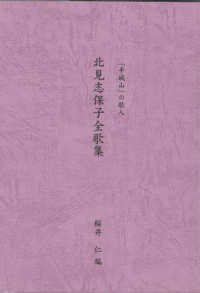Full Description
This book takes a queer linguistic and intersectional approach to the analysis of young LGBTQ+ people's identity constructions, showing how their language use reveals their marginalisation in society.
The author develops a framework for an intersectional sociocultural linguistics (ISL) and applies it to linguistic ethnography with members of four LGBTQ+ youth groups in the UK. She shows how the young people's identities are informed by different intersecting categories (including race, class, and family situation) which influence their unique life experiences. She uses discourse analysis to explore the links between such intersections and the ways in which the young people position themselves in relation to each other, their youth group, and the wider world.
In focusing on these individual, varied identity constructions, the book provides a unique, in-depth insight into the reality of being young and LGBTQ+ today. It also reveals the need for an intersectional approach when analysing marginalised groups.
Contents
Acknowledgements
Transcription Conventions
1. Introduction
2. Queer Linguistics and LGBTQ+ Youth
3. Intersectionality
4. Doing Research with the Youth Groups
5. Solidarity and Community: A View across the Four Groups
6. Affective Practice and Multiple Marginalisation: The Oakborough Group
7. Homonormativity and Whiteness: The Riverton Group
8. Navigating LGBTQ-Phobia Through Distinction: The Brookley Group
9. Being White and LGBTQ+ in School: The Woodham Group
10. Intersectionality and LGBTQ+ Youth Identity Construction
References
Index








